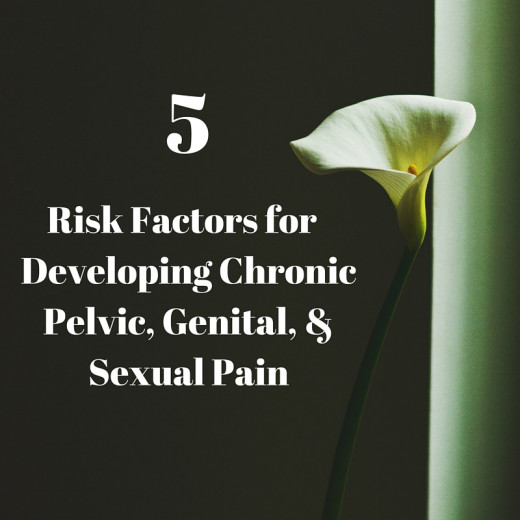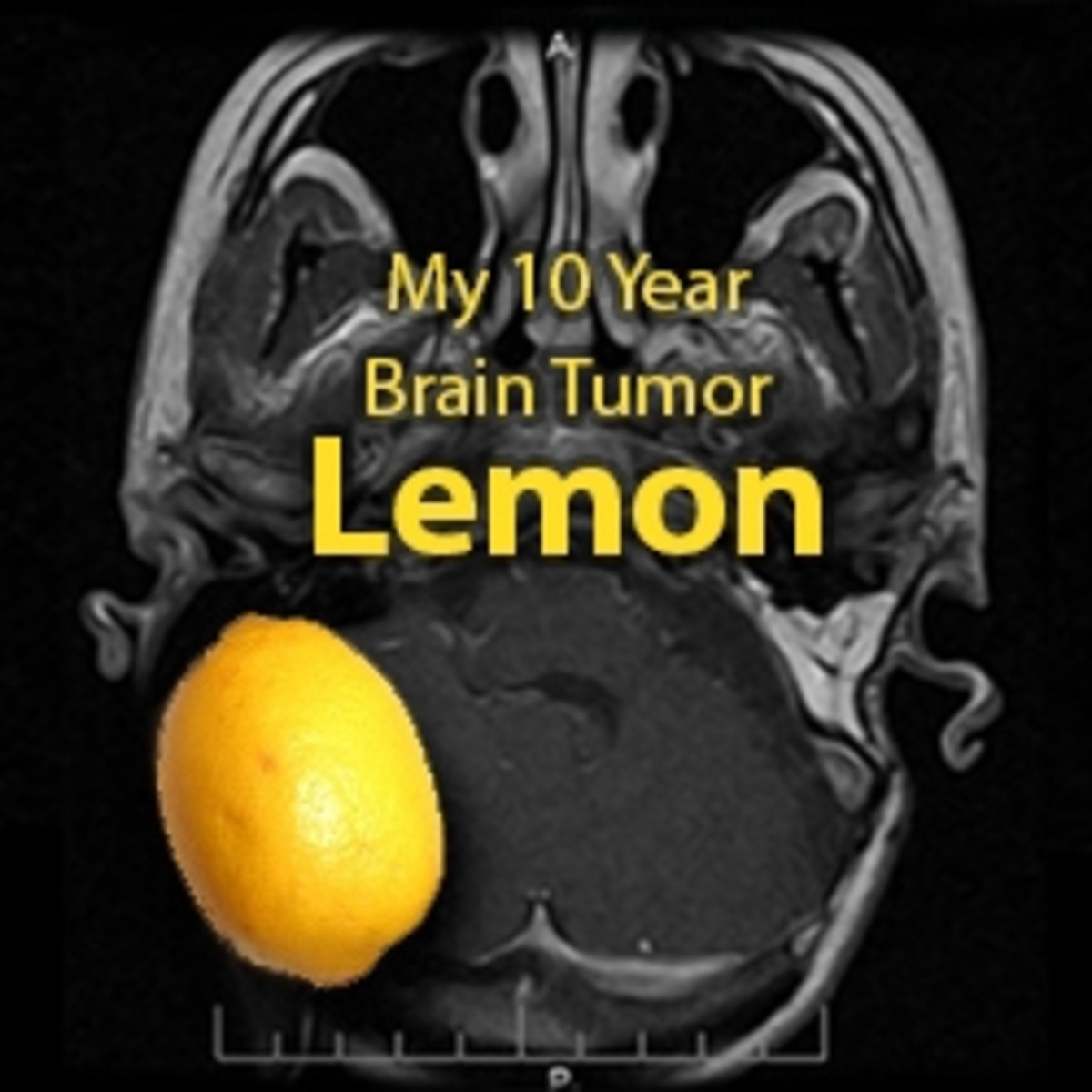5 RISK FACTORS FOR DEVELOPING CHRONIC PELVIC, GENITAL, & SEXUAL PAIN
5 Risk Factors for Developing Chronic Pelvic Pain

1. UNMANAGED STRESS & ANXIETY
Financial burdens, work demands, relationship strain, loss, emotional pain, schedules, and societal expectations - it all adds up and contributes to our levels of stress. Combine that with a rush-around lifestyle and chances are, you're spending most of your time in the "doing mode". The problem with "do do do" is that you never just let yourself "be". And without good coping skills that allow for breaks from high levels of stress in the "doing mode", you're operating almost exclusively in the sympathetic branch of your autonomic nervous system. This system is associated with the "fight or flight" response, shallow breathing patterns, muscle tension, and increased heart rate and blood pressure. These stress responses of the body not only negatively influence the pelvic floor muscles but also the overall pelvic region including bladder and bowel function, both common triggers of genital, sexual, and pelvic pain.
2. PELVIC TRAUMAS, INJURIES, OR SURGERIES
Injuries to the pelvic floor region caused by childbirth, previous pelvic surgeries, falls on the coccyx bone, and other accidental traumas to the region such as straddle injuries can all contribute to the development of chronic pain in the pelvis and genital area. Take for instance, the condition once known as "bikers syndrome" that affects long distance bike riders. Cumulative targeted pressure on the pudenal nerve overtime can cause damage to the nerve. This particular nerve branches out into the entire vulvar region and can therefore emit painful stimuli anywhere in the pelvic region, not just at the "sits bones".
3. PRESENT OR PAST PHYSICAL, EMOTIONAL, OR SEXUAL ABUSE
Memories from past (or current) abuses are stored in pathways along the central nervous system, and even in particular muscles, especially the psoas muscle. The psoas muscle has a direct and neurological connection to the pelvic floor muscles. These bad memories that are stored by the nervous system awaken when it is feeling threatened or when trying to protect itself. Even when attempting consented, pleasurable sex, the nervous system can interpret this environment as threatening. Protective measures include muscles tension and clenching (which leads to pain, which leads to the fear of pain, which leads to further clenching), and the over-sensitization of the pelvic nerves.
4. PARTICIPATION IN COMPETITIVE SPORTS
Many popular sporting activities require tight, clenched body positions and breathing from the chest in order to perform. If we are taught by these sports (or cultural influences) to suck in our stomach and breathe from the chest and clench our buttocks at all times as a matter of "good posture" this can, over time, be detrimental to the health and function of the pelvic floor. In addition, young women who participate in sports are more likely to experience sports-related injuries such as injuries to knees, ankles, legs, and hips. If a knee, for instance, is favored for a long enough period of time the opposite pelvic area takes on more stress and can contribute to pain due to compensatory patterns.
5. GENETIC, HORMONAL, & DIETARY INFLUENCES
Structurally the body is not symmetrical and consequently curvatures of the spine, leg length difference, being left or right footed, all have a bearing on the long-term cumulative stress on one side of the pelvis or the other. Genetic and hormonal influences can also put us at risk for other triggers commonly associated with pelvic, genital, and sexual pain. For instance, endometriosis, irritable bowel syndrome, and interstitial cystitis (painful bladder syndrome or "IC"). The dietary decisions we make also influence how and when these triggers manifest in the body. Foods can promote the inflammatory responses contributing directly to pain, but also inhibit the immune system from functioning properly.







